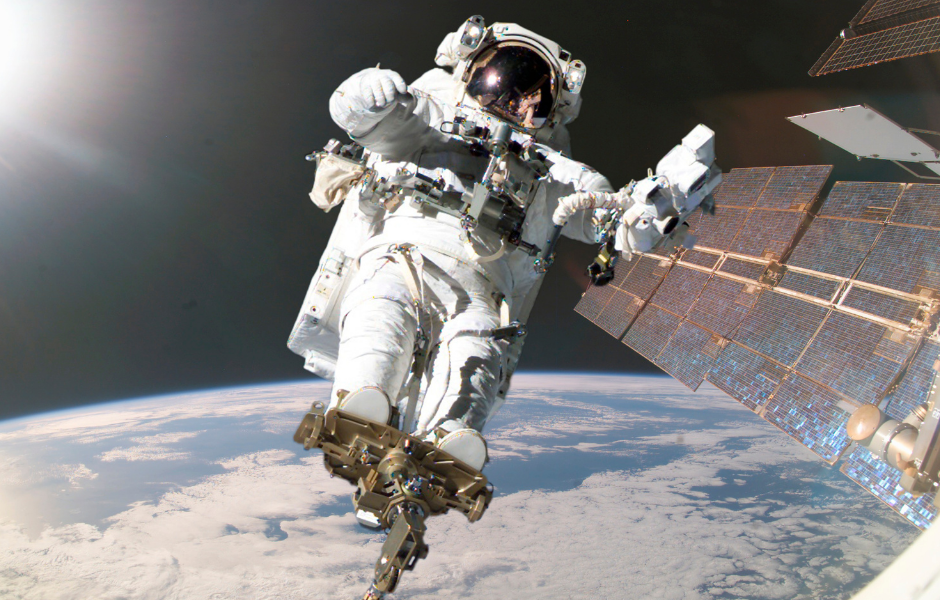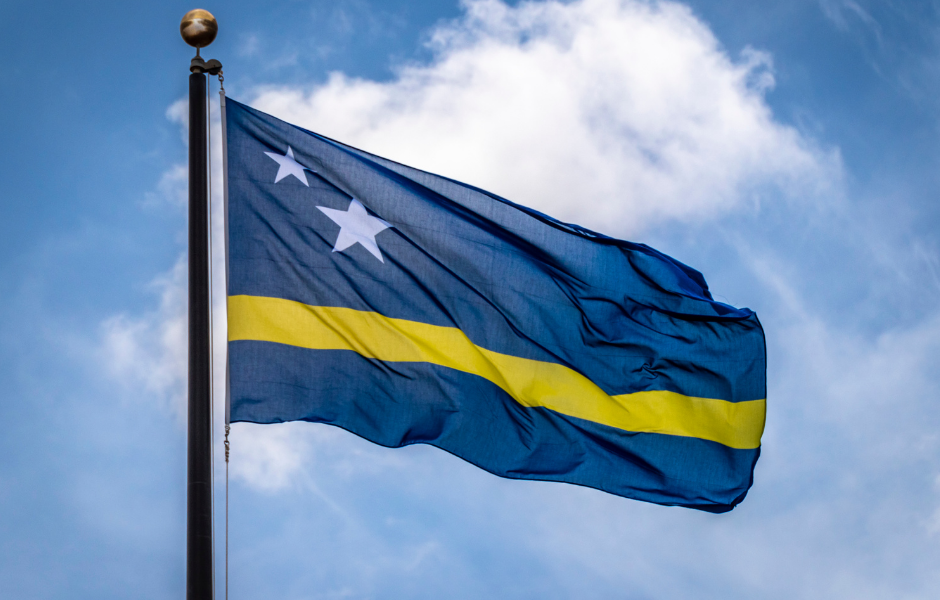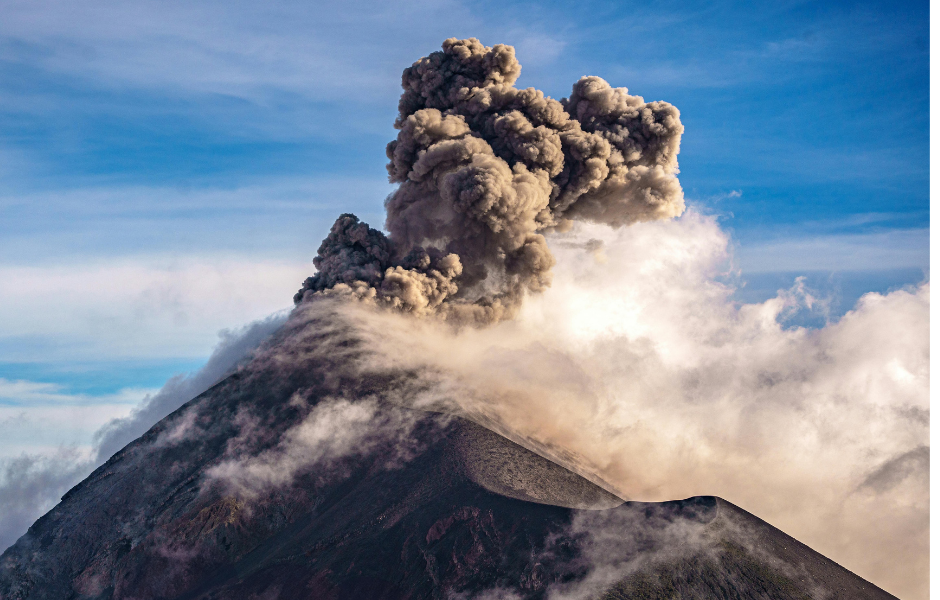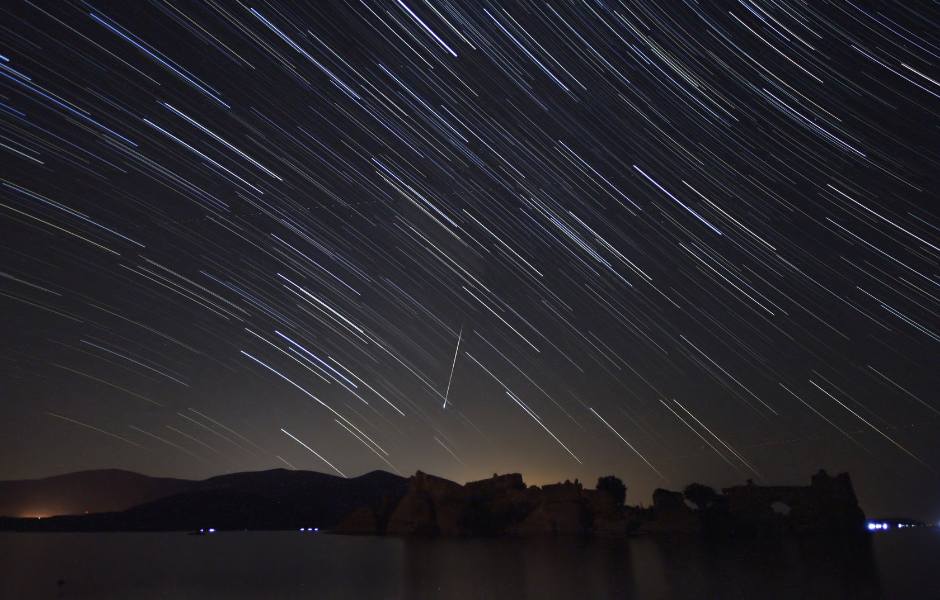
This children’s article, The Orionid meteor shower: Halley’s Comet’s magical light show, has been written for native English speakers and learners of English as a second or foreign language. It can help children build vocabulary, learn about space, and enjoy one of the most dazzling nighttime events of the year. Written by Mark Pulley, a teacher and writer who creates fun and informative news articles for English learners.
What is the Orionid meteor shower?
Every October, the night sky puts on a sparkling performance called the Orionid meteor shower. Imagine nature’s very own fireworks, with streaks of light racing across the darkness. These bright flashes are meteors, tiny space rocks burning up as they crash into Earth’s atmosphere at jaw-dropping speeds.
The Orionids get their name because the meteors seem to shoot out from the constellation Orion, one of the easiest star patterns to spot in the sky.
A gift from Halley’s Comet
The Orionid meteors aren’t random. They are little bits of dust and rock left behind by Halley’s Comet as it travels around the Sun. Each October, Earth drifts through this trail of comet debris, and the particles hit our atmosphere at about 41 miles per second. That’s much faster than anything on the motorway!
When the tiny bits of comet burn up, they leave glowing streaks across the sky. Some flashes only last for a second, while others seem to hang in the air for longer, like glowing paintbrush strokes.
Fun fact: Halley’s Comet itself is only visible from Earth about once every 75 years. The next time it will pass by is in 2061, so the Orionids are like a special yearly reminder of its journey. We have an article all about Edmond Halley, the astronomer who discovered Halley’s Comet, you can read it here.
When to see it in 2025
The Orionid meteor shower happens between 2 October and 7 November, and it’s expected to be at its best around 22 October. During the peak, you might spot dozens of meteors every hour if the sky is clear and dark.
The Orionids are one of two showers caused by Halley’s Comet. The other is the Eta Aquariids, which arrive each May. So Halley’s Comet gives us not one, but two celestial shows every year!
How to watch the meteors
The best part? You don’t need a telescope or any fancy gear. Just head outside, wrap up warm, and find a dark place away from streetlights. Lie back in a comfy chair or even on a blanket, and let your eyes adjust to the dark for about 20 minutes.
Then, simply watch the sky. Patience is key, but once the meteors start flying, you’ll be glad you waited. It’s like catching space magic!
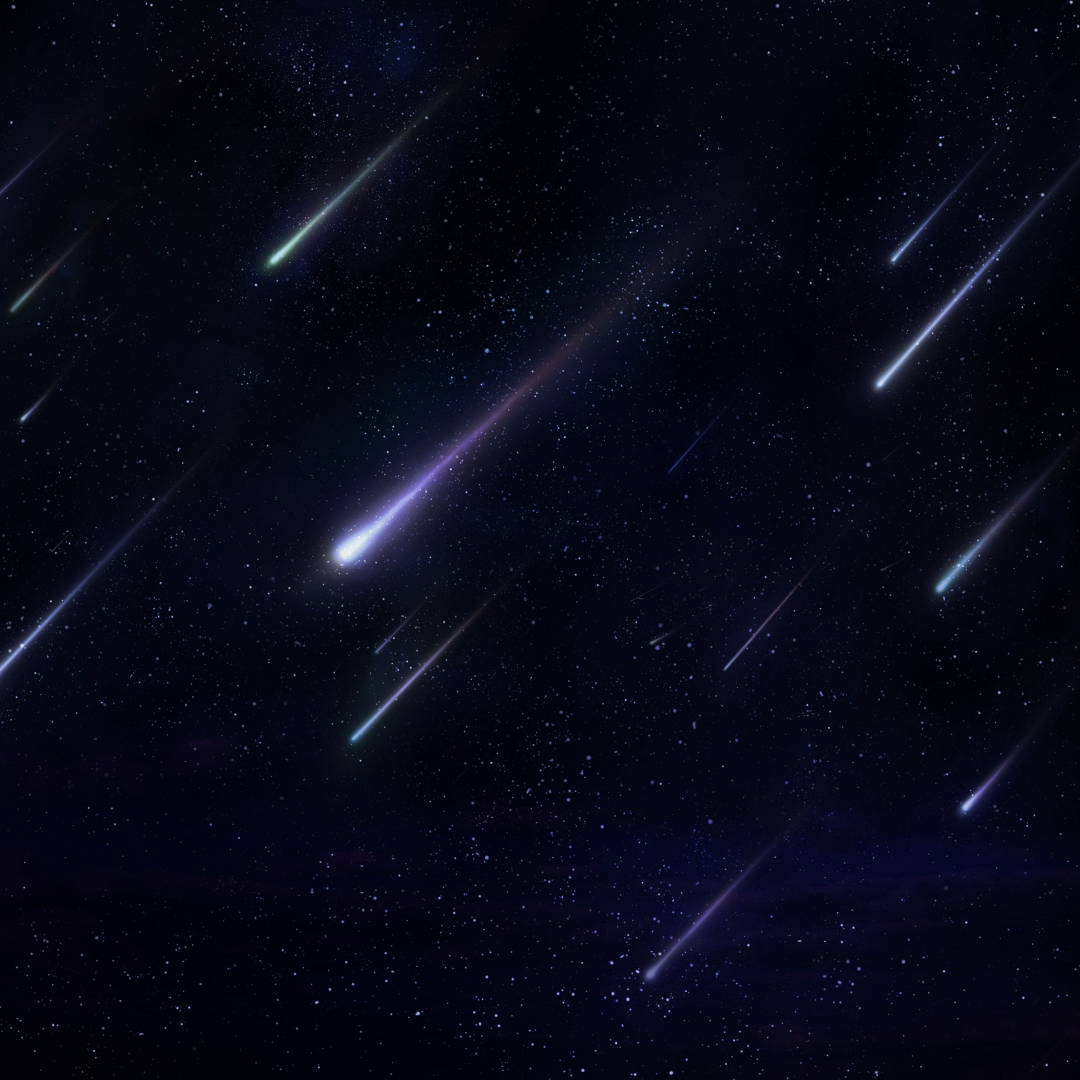
Article vocabulary list
- Meteor shower: A group of meteors appearing in the sky when Earth passes through comet debris.
- Constellation: A pattern of stars in the night sky, often named after animals or characters.
- Comet: A ball of ice and rock that travels through space, leaving a glowing trail.
- Atmosphere: The layer of gases that surrounds Earth.
- Debris: Small leftover bits, like dust or rock.
- Vaporise: To change from a solid or liquid into a gas.
- Telescope: A tool used to see objects far away in space.
Comprehension questions
Just click the plus (+) to see the answer
1. What is the Orionid meteor shower made from?
A) Rocks from the Moon
B) Dust from Halley’s Comet
C) Pieces of Mars
Answer: B) One billionth of a metre
2. Where do the Orionids appear to come from in the sky?
A) The Big Dipper
B) Orion constellation
C) The North Star
Answer: B) Orion constellation
3. How fast do the Orionid meteors travel?
A) 4 miles per second
B) 14 miles per second
C) 41 miles per second
Answer: C) 41 miles per second
4. When is the Orionid meteor shower at its peak in 2025?
A) 22 October
B) 31 December
C) 17 July
Answer: A) 22 October
5. How often can Halley’s Comet itself be seen from Earth?
A) Every 75 years
B) Every 25 years
C) Every year
Answer: A) Every 75 years

Mark is a writer and EFL teacher from England with eight years’ experience. He’s passionate about travel, sport (especially football), animals, nature, and history, and enjoys helping children explore the world through language and learning.

